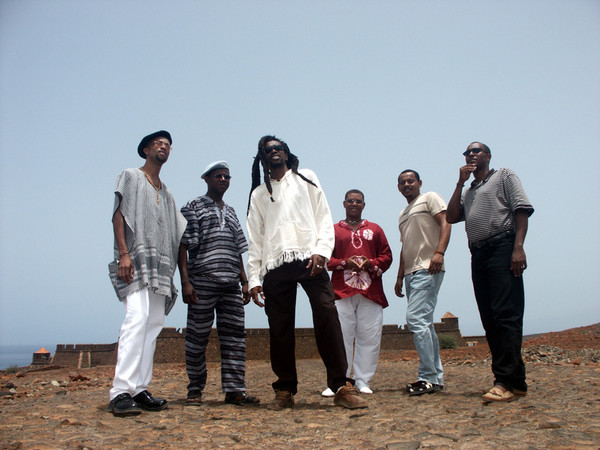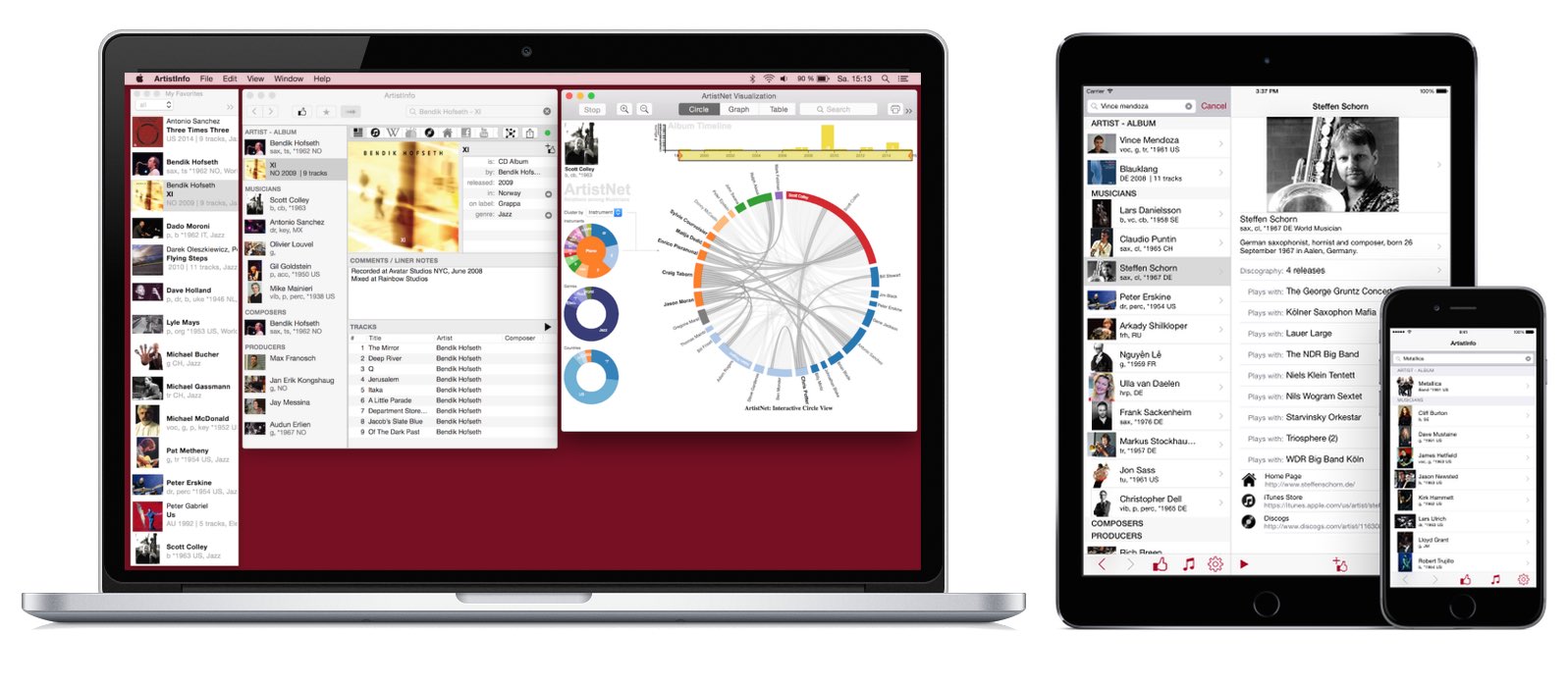
Ferro Gaita
voc, b, perc,
Singer / Musician of World
Cape Verdean band founded in 1996, and playing funaná music, comprised of members Adão Brito (bass), Carlos Lopes [aka Bino Branco] (idiophones, vocals), Emanuel Tavares [aka Manel di Tilinha] (percussion, congas, vocals), Estevão Moreno Tavares [aka Iduino] (accordion, vocals), Frutuoso de Pina [aka Pitó] (cowbell, vocals), Jorge Martins [aka Jorge Pimpa] (drums, vocals). The name of the band is derived from the "Ferro" (or "Ferrinho") which is an iron bar scraped with a knife, and a "Gaita" a small accordion. The two instruments are popularly used in the Cape Verdean music style known as funaná, a style of music which was born at the beginning of the 20th century on the Santiago island of Cape Verde. Formerly forbidden by the colonial authorities of Portugal, the musical style is very different from the other known Cape Verdean musical styles such as coladeira or morna. Its style is far from the sadness of morna or the restraint exhibited in coladeira. Funaná is much more uptempo and danceable, delivered with more raw lyrics. In the nineties Ferro Gaita were able to modify the style of funaná popularized by Bulimundo and Finaçon in the sevenites and eighties. While the style of music had previously been made popular by Bulimundo, a band centered around guitarist Catchas, in the seventies. Ferro Gaita had returned to the traditional instruments, using a Ferro and a Gaita in the nineties, which had previously been forsaken by the aforementioned bands for electronic instruments. Ferro Gaita was founded on 22 July 1996 by frontman Iduino, along with Bino Branco and Adão Brito, the three started playing in bars and on streets around Cape Verde, before getting invited to perform at the biggest music festival on the islands, playing on the beach at the Festival of Gamboa in May 1997, on the island of Santiago. In June 1997, the group recorded their first album "Fundu Baxu" in Rotterdam, the Netherlands which was released on 22 August, becoming the countries best selling album of that year. After two years of operating in various parts of the World and in Cape Verde in September and October of 1999, the group recorded their sophomore album "King di Tabanka" in Brockton, MA, USA; characterized by clear technical developments, which covered other traditional musical styles: such as slow funaná, fast and sambado, drumming, tabanka (with the introduction of traditional wind instruments like bombona (conch with over 100 years), half Bumba and cornetinha) and the Finaçon (in partnership with a living legend of Cape Verde: Nácia Gomi, aged 75 at the time). The album was well received and helped to cement the group in the Cape Verdean musical landscape, as they continued to perform several shows throughout the World. In the following years the group publishes two additional albums, in 2001 "King of Funana", a compilation of 10 songs from the first 2 albums and 2003 "Bandera Liberdadi", both of which were well received by the public. In October 2006 the group recorded the CD/DVD set “Ferro Gaita ao Vivo – Finkadu na Raiz” live from the Capital city Praia as a way to celebrate its 10th anniversary. In 2007 the band was awarded the 1st class cultural merit award from the Minister of culture of Cape Verde.
Instruments
Popular Tracks 

Track list and 30sec audio provided by ![]()
Discography
| Title | Artist | Year | Type |
|---|---|---|---|
| Rei Di Funana | Ferro Gaita | 2001 | Album |
| Fundu Baxu - Música de Cabo Verde | Ferro Gaita | 1997 | Album |
| Fundu Baxu - Música Tradicional De Cabo Verde | Ferro Gaita | Album | |
| Live - Finkadu na Raiz | Ferro Gaita | Album |
